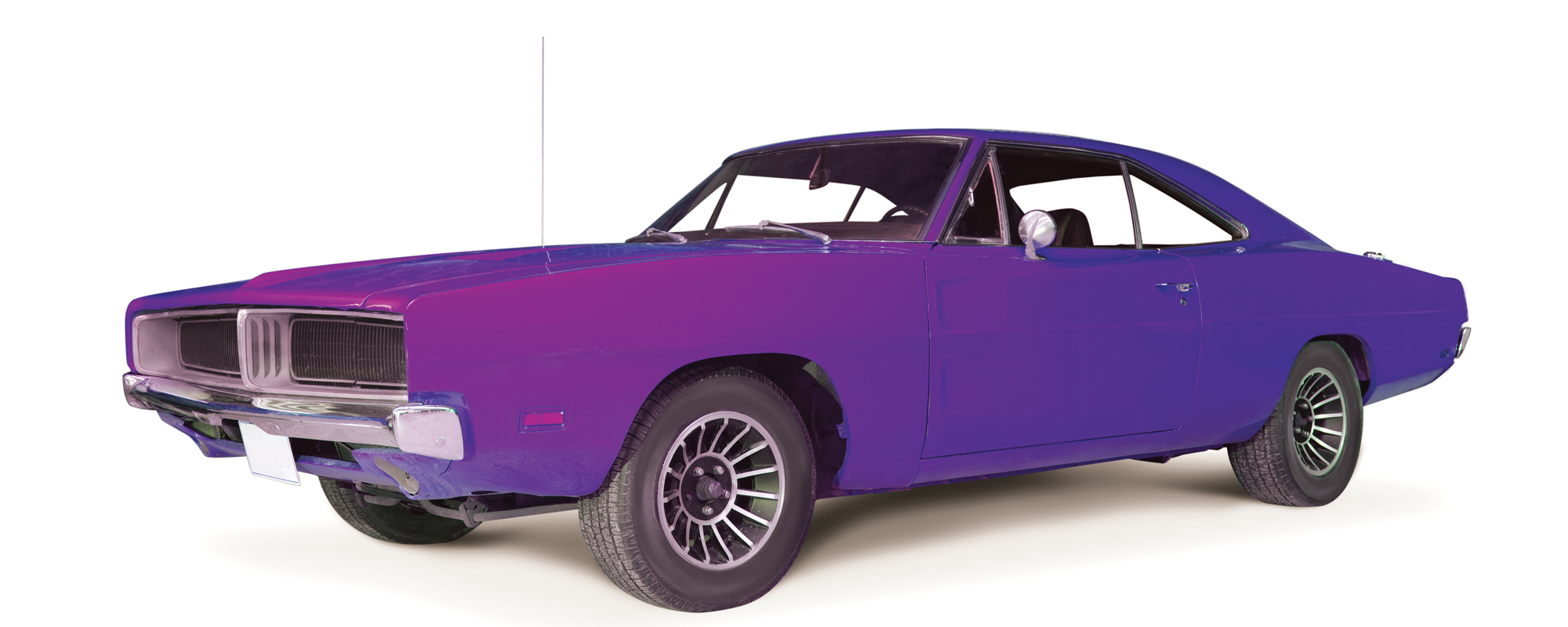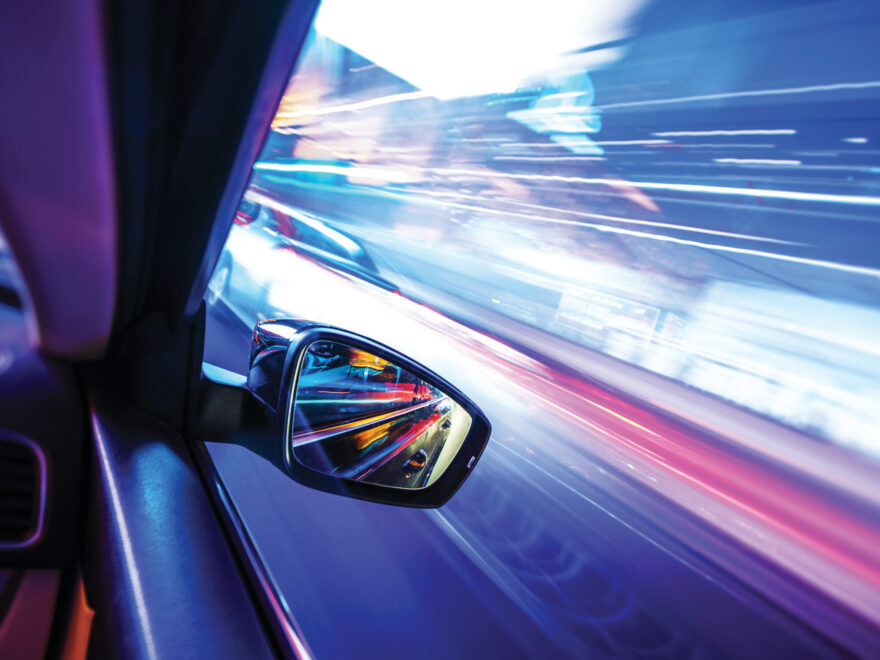“I live my life a quarter mile at a time… and for those ten seconds or less, I’m free,” said Vin Diesel as Dominic “Dom” Toretto in the movie franchise Fast and Furious.
Dave McLeod – Motoring Writer
He was of course talking about the art of drag racing, a head-to-head acceleration-fest that’s not only popular with movie goers and street racing hoons, but also a riveting regulated motorsport that continues to gain traction across the globe.
Just like most motorsport events, regulated drag racing is where automobiles (of all shapes and sizes) compete to be first to cross a set finish line, however, in this instance, it’s generally only two at a time. The race itself is competed on a short, straight course that’s most commonly a ‘quarter mile’ (402m) and following a ‘traffic light tree’ countdown, vehicles launch from a standing start and continue flat out to the finish line.
Without any need to find the apex, overtake, jostle for position and trail brake, to many this may seem like a very basic form of motorsport, but in reality, launching from zero to 100mph in around one second, is a test of nerves, reaction time, horsepower and epic amounts of G-force (5 times gravity) – with engineering skills and even physics playing a big part in the overall outcome too.
The history behind unsanctioned drag racing undoubtedly dates back to the creation of automobiles themselves, however, as an organised sport, it’s believed that drag racing began in the 1930s on dry lake beds in southern California, and later gained greater respectability after Wally Parks helped organise the Southern California Timing Association (SCTA) in 1938.
The sport increased in popularity in the late 1940s with military personnel conducting races at decommissioned aircraft bases, with landing strips being an ideal racetrack, and then in 1950 the first commercial drag strip was opened in Santa Ana, California.
Closer to home, drag racing in New Zealand began in the 1960’s when the New Zealand Hot Rod Association sanctioned what is believed to have been the first ‘Nationals’ drag meeting at an open cut coal mine at Kopuku, in 1966/7. At the meet, Peter Lodge claimed the quickest quarter mile ‘pass’ at 17 seconds in a supercharged 1937 V8 coupe.
Racing at Kopuku continued for a further three years, and from there, meetings were held at places like Ardmore aerodrome, Baypark Raceway, Dunedin Oval, Napier airport, Waiouru military airstrip, and numerous closed roads, including Kerrs Road in Wiri, south of Auckland, where NZ’s first ten second pass was recorded. Again, it was by Peter Lodge, only this time in his steel-bodied Fiat Topolino fuel-altered “Baloo”.
Although meets have been (and still are) held at multiple sites across the country, NZ’s first purpose-built dragstrip, Champion Dragway, opened at Meremere in 1973 and it immediately became the sport’s prestigious ‘Nationals’ new home. In fact, the Nationals have been held at Champion Dragway (now NAPA Autoparts) ever since, with the exception of the 40th event which was held at Masterton Motorplex in conjunction with their 10th anniversary of racing on the Hood aerodrome.
When it comes to NZ’s National Championship Series, there are multiple categories with a variety of power divisions and age bands, from juniors up to veterans, bikes to sedans, ‘street’ to door slammers (that pay homage to Aus and ‘Merican classics), but regardless of the division, in essence it all boils down to the drivers/riders reaction time, top MPH and ET – the Elapsed Time between when the car rolls out of the staging beam and when it breaks the finish line.
A cursory glance of results shows mind boggling numbers that include 0.04 seconds reactions between the light going green and the vehicle heads off, pass times of under 5 seconds and speeds that top 250 mph (400kmh) before passing the finish line and deploying the parachutes in order to stop. Rest assured; these are serious, quick-thinking athletes.

Having such a variety of categories means that the current list of champs is large and varied, however, over the years NZ has produced more than its fair share of notable dragsters, with names such as the aforementioned Pete Lodge, Garth Hogan, Mike Gearing, Ivan Jujunovich, Graham Berry, Ralph Wright, Gail Prast and ‘Dragon Lady’ Maureen Fairburn (to name but a few) cited as being pioneers and huge contributors to the sport.
So, the next time you’re beside another car at the on-ramp lights, spare a thought for those that do this for a living, oh and maybe see if you can get your reaction time to under a second!


